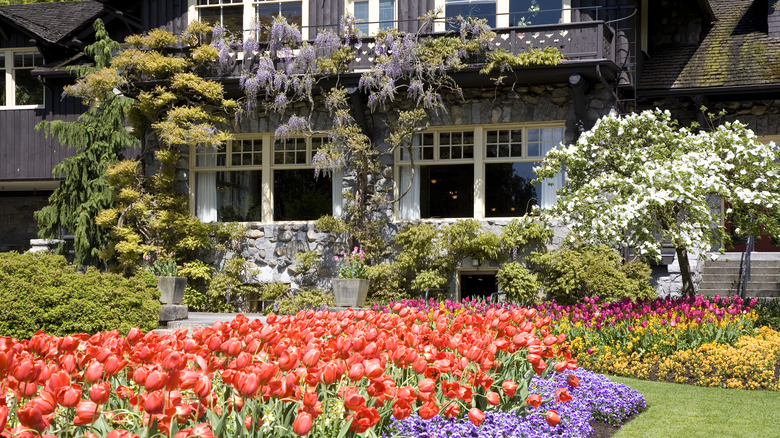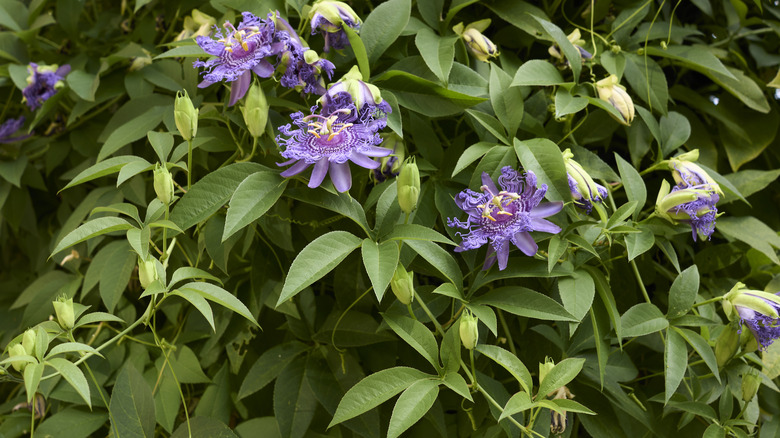Are All Non-Native Plants Considered Invasive? Our Master Gardener Tells Us More
You may hear the word "invasive" used a lot lately, and that's good. Bringing awareness to the problem of invasive species helps us make better choices when selecting plants for our landscape. There is also an increasing emphasis on avoiding non-native plants, and while these categories do overlap, they are not mutually exclusive. Many non-native plants do not threaten to damage an entire ecosystem.
If you are concerned about planting non-native options or overwhelmed at the prospect of creating an entirely native outdoor space, there is always the option to mix native and non-native species. Yes, native varieties of plants are more well-suited to supporting local wildlife, but that doesn't mean you can't have the pretty space you want. In my landscape, I like to mix non-native hostas with native Soloman's seal (Polygonatum), perennials that are perfect in my spring gardens. If there is an invasive plant you like, you can usually find a non-invasive alternative. Japanese wisteria is a gorgeous plant, but it will take over your yard in no time. Consider the native American wisteria instead. It's a little less showy, but you won't spend the rest of your life fighting with overwhelming vines.
Invasive versus non-native
Many words used in landscaping and gardening are used interchangeably, so it's best to start with some clear definitions. Invasive species are defined by the USDA as an entity "whose introduction causes or is likely to cause economic or environmental harm or harm to human health." To fit into this official category, the plant must also be non-native to the ecosystem in which they are considered invasive. This gets a little confusing in situations where a plant is native in one region but is considered invasive in another. Purple passionflower (Passiflora incarnata L.) is just one of many examples of a plant that can create a pollinator haven in some areas and wreak havoc in others.
Although all invasive species are non-native, not all non-native plants are invasive. Put simply, non-natives are plants that have been introduced to a new region by humans. Most of what you will find at your local garden center are non-native plants, but that does not mean you will create an environmental disaster. Just choose wisely.
Invasive plant resources
As if the status of invasive versus non-invasive plants isn't confusing enough, the rules are not the same everywhere. Some plants that are invasive in one region may not be in another. For example, butterfly bush (Buddleia davidii) is an attractive landscape plant that attracts pollinators and hummingbirds. This bush is native to central China and has become invasive along the east and west coasts of the U.S. As the climate changes and the plant adapts to new climates, its invasiveness is likely to spread.
Since the invasive species list is always changing and differs greatly by region, look for local resources if you are considering adding non-native plants to your landscape. Your county's Extension Service should have a list of invasive species in your area, and some towns even have a list of plants that are discouraged or even illegal to sell or plant. For a general list of invasive species, check out the USDA's National Invasive Species Information Center. You will find common plants like Chinese privet, English Ivy, and many others you might find in garden centers on the list of invasive species. Be sure to consult these resources before making a plant purchase.



